






























© iStock
0 / 31 Fotos
Nambung National Park - The Nambung National Park in Western Australia is known for its huge coastal dunes—vast swathes of white sand that resemble spilled flour.
© Shutterstock
1 / 31 Fotos
Nambung sand dunes - But the park, located 200 km (124 mi) from Perth and not far from the small coastal town of Cervantes, is celebrated for a far more unworldly-looking natural phenomenon.
© Shutterstock
2 / 31 Fotos
Pinnacles Desert - Nambung National Park is synonymous with the Pinnacles—thousands of weird limestone formations that soar upwards out of the sand like petrified fingers.
© iStock
3 / 31 Fotos
The Pinnacles - These ancient columns are the weathered and eroded fragments of limestone beds composed of deposited marine organisms such as coral and mollusks. (Photo: Flickr/CC BY-SA 2.0)
© Flickr/Creative Commons
4 / 31 Fotos
Formed by erosion - The pillars were formed 25,000 to 30,000 years ago, after the Indian Ocean coastal winds eroded the surrounding sand. (Photo: Wikimedia/CC BY 2.5 AU)
© Wikimedia/Creative Commons
5 / 31 Fotos
Different formations - The different types of formations include ones that are much taller than they are wide and resemble columns—suggesting the name of "Pinnacles."
© iStock
6 / 31 Fotos
Tombstones - Others are far shorter in height and width and look like squat tombstones. (Photo: Flickr/CC BY-NC 2.0)
© Flickr/Creative Commons
7 / 31 Fotos
Witches' hat - In some cases, columns have been shaped by the elements to appear like witches' hats.
© iStock
8 / 31 Fotos
Raw material - The raw material for the limestone of the Pinnacles came from seashells in an earlier era that was rich in marine life.(Photo: Wikimedia/CC BY-SA 2.5)
© Wikimedia/Creative Commons
9 / 31 Fotos
Influence of the ocean - The rock formations stand within sight of the Indian Ocean. (Photo: Flickr/CC BY-NC-ND 2.0)
© Flickr/Creative Commons
10 / 31 Fotos
Debate - Debate surrounds exactly how such raw materials formed the Pinnacles. (Photo: Flickr/CC BY-SA 2.0)
© Flickr/Creative Commons
11 / 31 Fotos
Buried trees? - Some theories suggest the pillars were formed through the preservation of buried tree casts: the Pinnacles do conjure up images of a petrified forest. (Photo: Flickr/CC BY-NC-ND 2.0)
© Flickr/Creative Commons
12 / 31 Fotos
Rain water - The accepted theory, however, is that every time it rained, water would cause some of the calcium carbonate in the shell-sand to seep into the ground, hardening and slowly forming the Pinnacles beneath the surface. (Photo: Flickr/CC BY-NC-ND 2.0)
© Flickr/Creative Commons
13 / 31 Fotos
Mushroom tops - Pinnacles with tops similar to mushrooms are created when the calcrete (sedimentary rock) capping is harder than the limestone layer below it.
© BrunoPress
14 / 31 Fotos
Natural wonder - Over the centuries, bushfires and natural erosion caused the surrounding loose sand to blow away, leaving behind the natural splendor of the Pinnacles that is admired today.
© iStock
15 / 31 Fotos
Ghostly allure - Clear night skies lend the Pinnacles a ghostly allure.
© Shutterstock
16 / 31 Fotos
Dark sky tourism - In fact, Nambung National Park is a dark sky tourism destination in its own right. (Photo: Flickr/CC BY-NC-ND 2.0)
© Flickr/Creative Commons
17 / 31 Fotos
Aboriginal word - Nambung is an Aboriginal word that means crooked or winding. (Photo: Flickr/CC BY-NC-ND 2.0)
© Flickr/Creative Commons
18 / 31 Fotos
A river runs through it - The word was first used in 1938 when naming the Nambung River, which flows into the park and disappears into a cave system within the limestone.
© iStock
19 / 31 Fotos
Flora and fauna - Nambung National Park is home to a variety of wildlife. It's not uncommon to see families of long-legged emu sauntering across the sand.
© Shutterstock
20 / 31 Fotos
Wildlife - The western grey kangaroo is equally at home relaxing on the park's coastal dunes as it is bouncing across the outback.
© Shutterstock
21 / 31 Fotos
Birdlife - A mob of Baudin's black-cockatoo. The species is frequently observed in the park. (Photo: Flickr/CC BY 2.0)
© Flickr/Creative Commons
22 / 31 Fotos
Desert dweller - With its heavily armored body and a tail that resembles its head, the bobtail, or shingleback, greatly confuses potential predators.
© Shutterstock
23 / 31 Fotos
Desert bloom - The acorn banksia, one of the park's more florid shrubs, has a shape not unlike the shorter, tombstone-like Pinnacles found in the desert.
© Shutterstock
24 / 31 Fotos
Loose teeth - Viewed from above the Pinnacles look like scattered shark's teeth.
© Shutterstock
25 / 31 Fotos
Recent discovery - The Pinnacles Desert remained relatively unknown until the late 1960s, although the national park had been created in 1956.
© iStock
26 / 31 Fotos
Desert walk - A 4.5-km (2.7-mi) walk through the Nambung National Park is the best way to admire the Pinnacles. The unusual white dunes can also be viewed from the track.
© Shutterstock
27 / 31 Fotos
Traveling by road - Vehicles (a 4x4 is ideal) can access Nambung National Park by road.
© Shutterstock
28 / 31 Fotos
Obey the law of the land - Note that while driving or walking you must remain on the designated tracks within the park.
© Shutterstock
29 / 31 Fotos
Further afield
- Just south of Cervantes is Lake Thetis, which is known for its stromatolites—amazing rock-like formations protruding from the water's surface called "ancient living fossils" because they are formed by millions of tiny living organisms. See also: Earth's alien-looking landscapes.
© iStock
30 / 31 Fotos
© iStock
0 / 31 Fotos
Nambung National Park - The Nambung National Park in Western Australia is known for its huge coastal dunes—vast swathes of white sand that resemble spilled flour.
© Shutterstock
1 / 31 Fotos
Nambung sand dunes - But the park, located 200 km (124 mi) from Perth and not far from the small coastal town of Cervantes, is celebrated for a far more unworldly-looking natural phenomenon.
© Shutterstock
2 / 31 Fotos
Pinnacles Desert - Nambung National Park is synonymous with the Pinnacles—thousands of weird limestone formations that soar upwards out of the sand like petrified fingers.
© iStock
3 / 31 Fotos
The Pinnacles - These ancient columns are the weathered and eroded fragments of limestone beds composed of deposited marine organisms such as coral and mollusks. (Photo: Flickr/CC BY-SA 2.0)
© Flickr/Creative Commons
4 / 31 Fotos
Formed by erosion - The pillars were formed 25,000 to 30,000 years ago, after the Indian Ocean coastal winds eroded the surrounding sand. (Photo: Wikimedia/CC BY 2.5 AU)
© Wikimedia/Creative Commons
5 / 31 Fotos
Different formations - The different types of formations include ones that are much taller than they are wide and resemble columns—suggesting the name of "Pinnacles."
© iStock
6 / 31 Fotos
Tombstones - Others are far shorter in height and width and look like squat tombstones. (Photo: Flickr/CC BY-NC 2.0)
© Flickr/Creative Commons
7 / 31 Fotos
Witches' hat - In some cases, columns have been shaped by the elements to appear like witches' hats.
© iStock
8 / 31 Fotos
Raw material - The raw material for the limestone of the Pinnacles came from seashells in an earlier era that was rich in marine life.(Photo: Wikimedia/CC BY-SA 2.5)
© Wikimedia/Creative Commons
9 / 31 Fotos
Influence of the ocean - The rock formations stand within sight of the Indian Ocean. (Photo: Flickr/CC BY-NC-ND 2.0)
© Flickr/Creative Commons
10 / 31 Fotos
Debate - Debate surrounds exactly how such raw materials formed the Pinnacles. (Photo: Flickr/CC BY-SA 2.0)
© Flickr/Creative Commons
11 / 31 Fotos
Buried trees? - Some theories suggest the pillars were formed through the preservation of buried tree casts: the Pinnacles do conjure up images of a petrified forest. (Photo: Flickr/CC BY-NC-ND 2.0)
© Flickr/Creative Commons
12 / 31 Fotos
Rain water - The accepted theory, however, is that every time it rained, water would cause some of the calcium carbonate in the shell-sand to seep into the ground, hardening and slowly forming the Pinnacles beneath the surface. (Photo: Flickr/CC BY-NC-ND 2.0)
© Flickr/Creative Commons
13 / 31 Fotos
Mushroom tops - Pinnacles with tops similar to mushrooms are created when the calcrete (sedimentary rock) capping is harder than the limestone layer below it.
© BrunoPress
14 / 31 Fotos
Natural wonder - Over the centuries, bushfires and natural erosion caused the surrounding loose sand to blow away, leaving behind the natural splendor of the Pinnacles that is admired today.
© iStock
15 / 31 Fotos
Ghostly allure - Clear night skies lend the Pinnacles a ghostly allure.
© Shutterstock
16 / 31 Fotos
Dark sky tourism - In fact, Nambung National Park is a dark sky tourism destination in its own right. (Photo: Flickr/CC BY-NC-ND 2.0)
© Flickr/Creative Commons
17 / 31 Fotos
Aboriginal word - Nambung is an Aboriginal word that means crooked or winding. (Photo: Flickr/CC BY-NC-ND 2.0)
© Flickr/Creative Commons
18 / 31 Fotos
A river runs through it - The word was first used in 1938 when naming the Nambung River, which flows into the park and disappears into a cave system within the limestone.
© iStock
19 / 31 Fotos
Flora and fauna - Nambung National Park is home to a variety of wildlife. It's not uncommon to see families of long-legged emu sauntering across the sand.
© Shutterstock
20 / 31 Fotos
Wildlife - The western grey kangaroo is equally at home relaxing on the park's coastal dunes as it is bouncing across the outback.
© Shutterstock
21 / 31 Fotos
Birdlife - A mob of Baudin's black-cockatoo. The species is frequently observed in the park. (Photo: Flickr/CC BY 2.0)
© Flickr/Creative Commons
22 / 31 Fotos
Desert dweller - With its heavily armored body and a tail that resembles its head, the bobtail, or shingleback, greatly confuses potential predators.
© Shutterstock
23 / 31 Fotos
Desert bloom - The acorn banksia, one of the park's more florid shrubs, has a shape not unlike the shorter, tombstone-like Pinnacles found in the desert.
© Shutterstock
24 / 31 Fotos
Loose teeth - Viewed from above the Pinnacles look like scattered shark's teeth.
© Shutterstock
25 / 31 Fotos
Recent discovery - The Pinnacles Desert remained relatively unknown until the late 1960s, although the national park had been created in 1956.
© iStock
26 / 31 Fotos
Desert walk - A 4.5-km (2.7-mi) walk through the Nambung National Park is the best way to admire the Pinnacles. The unusual white dunes can also be viewed from the track.
© Shutterstock
27 / 31 Fotos
Traveling by road - Vehicles (a 4x4 is ideal) can access Nambung National Park by road.
© Shutterstock
28 / 31 Fotos
Obey the law of the land - Note that while driving or walking you must remain on the designated tracks within the park.
© Shutterstock
29 / 31 Fotos
Further afield
- Just south of Cervantes is Lake Thetis, which is known for its stromatolites—amazing rock-like formations protruding from the water's surface called "ancient living fossils" because they are formed by millions of tiny living organisms. See also: Earth's alien-looking landscapes.
© iStock
30 / 31 Fotos
Explore the Pinnacles, one of the world's weirdest landscapes
Discover a desert in Western Australia famed for its ancient rock formations
© iStock
Nambung National Park in Western Australia is famed for the Pinnacles Desert it encloses. The desert is so named for the astonishing collection of ancient limestone rock formations that protrude from the sand like the broken fingers of a long-dead giant.
These structures draw visitors far and wide to the park, which is also celebrated for its fascinating variety of flora and fauna.
Browse the gallery and be amazed by one of the planet's weirdest-looking desert regions.
RECOMMENDED FOR YOU

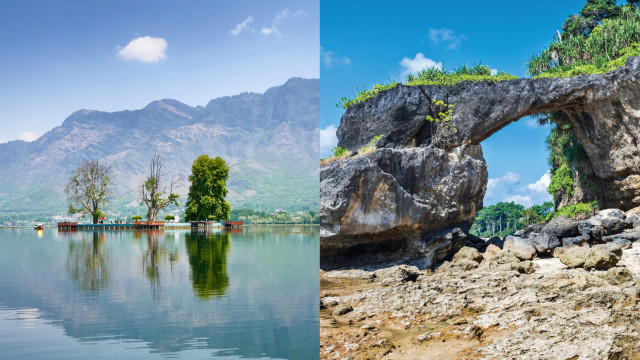



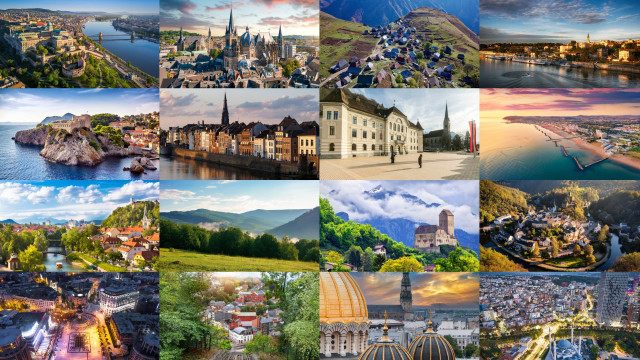
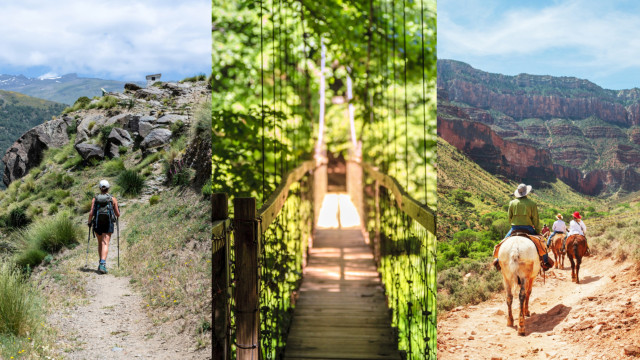










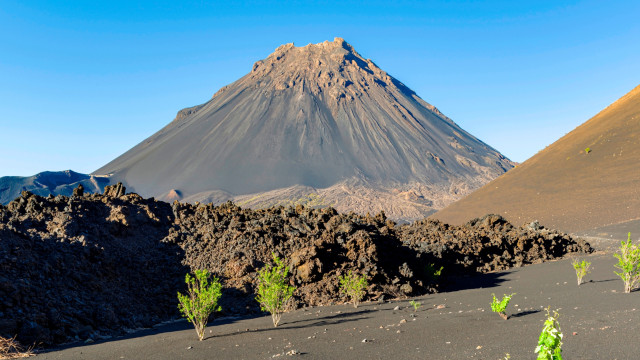

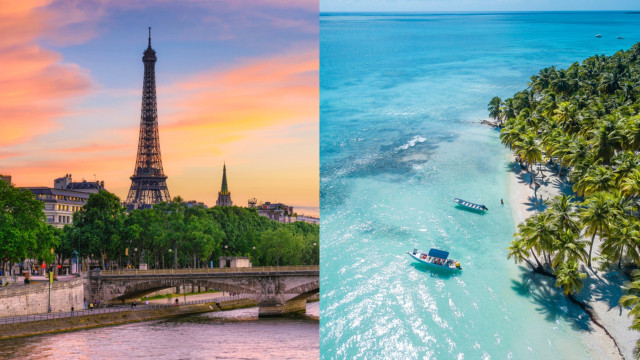
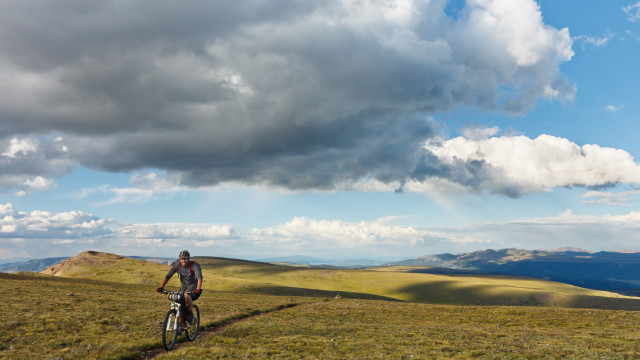

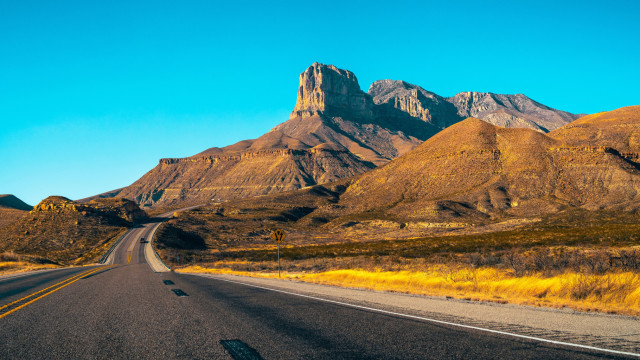







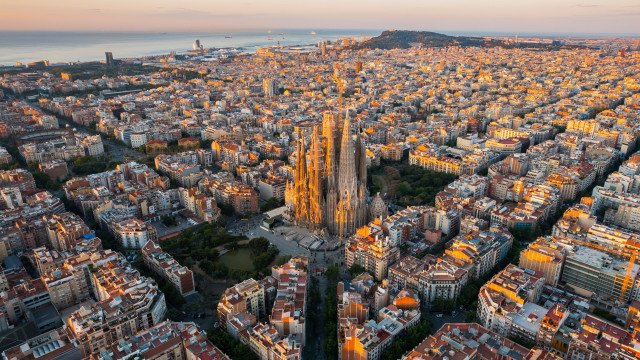





MOST READ
- Last Hour
- Last Day
- Last Week
-
1
CELEBRITY Relationships
-
2
LIFESTYLE Throwback
-
3
LIFESTYLE Catholicism
-
4
LIFESTYLE Home remedies
-
5
LIFESTYLE Putin
-
6
FOOD Fine dining
-
7
LIFESTYLE Emotions
-
8
TRAVEL Nations
-
9
LIFESTYLE History
-
10
LIFESTYLE Astrology chart








